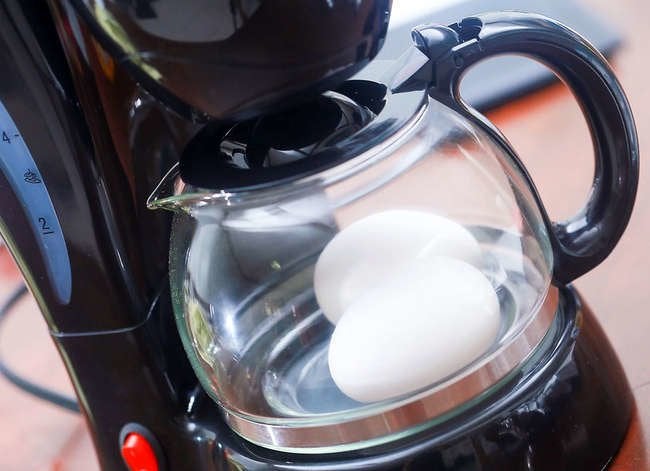We may earn revenue from the products available on this page and participate in affiliate programs. Learn More ›
Make Soup
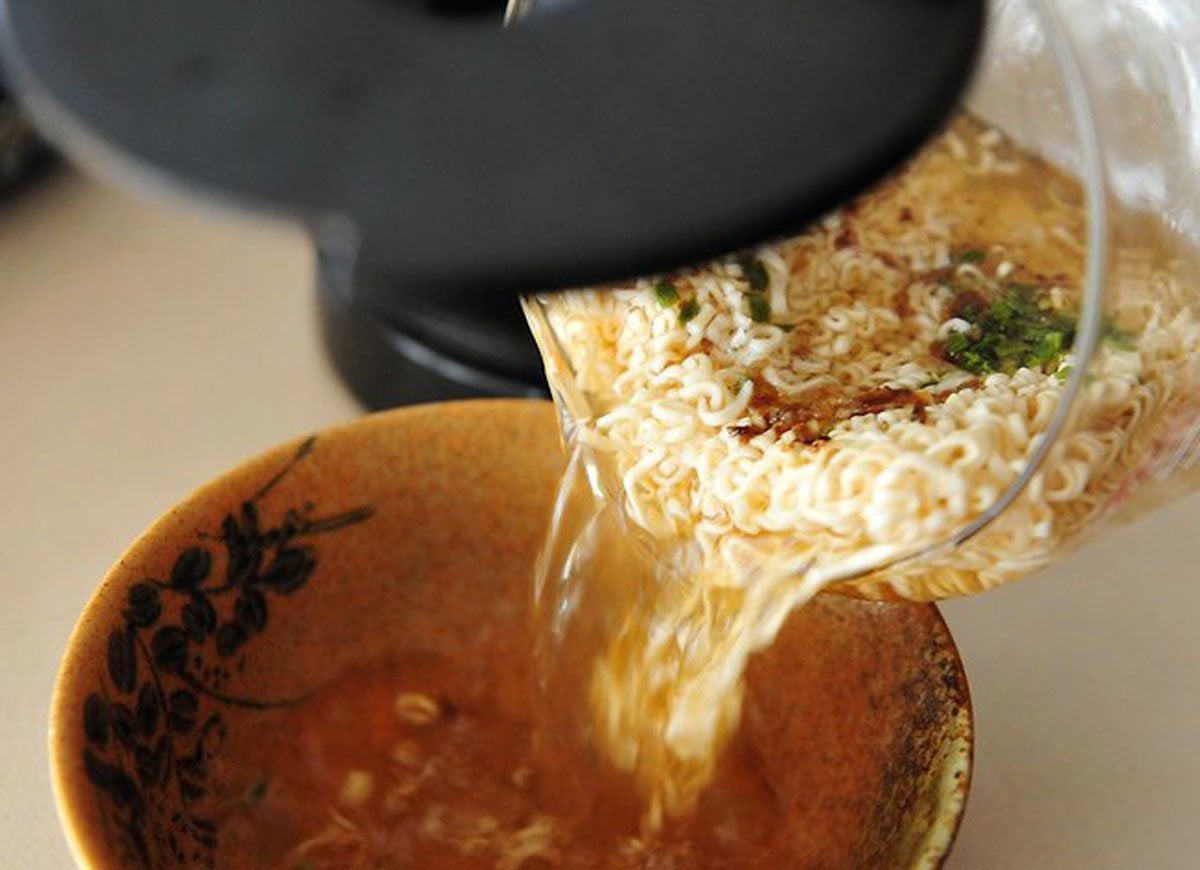
That nearly boiling water and your packet of instant soup are a match made in heaven. (In fact, for a time Keurig even had a soup pod.) But if you’re the from-scratch type, simply combine basic quick-cook or precooked ingredients like tomatoes and rotisserie chicken with herbs in your carafe, then wait for the hot water to flow through. Let the soupy mixture sit for a while to work its magic, then do a taste test, adjust your seasonings, and serve.
Related: 35 Things You Didn’t Know Your Home Appliances Can Do
Warm a Baby Bottle
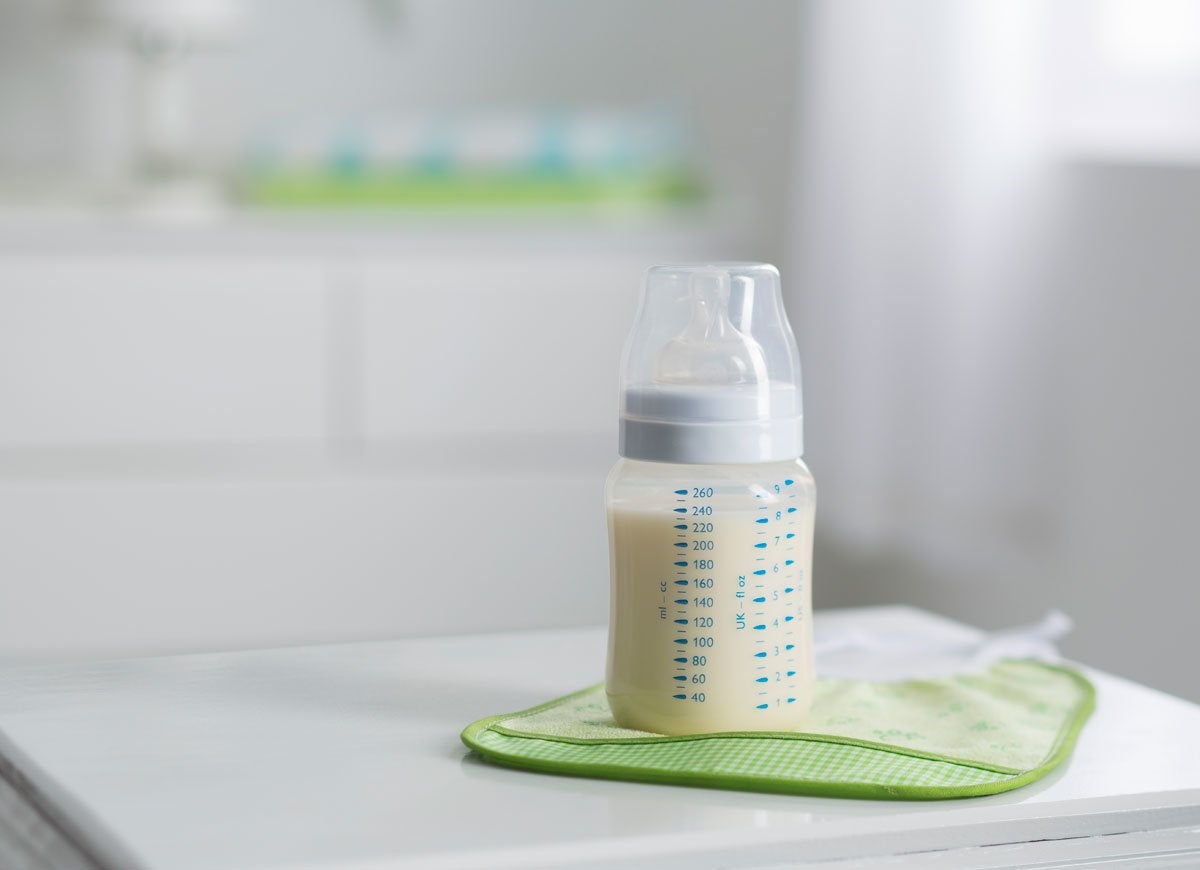
Are you traveling with an infant who prefers a warm bottle of milk or formula? You can bring a filled baby bottle to an acceptable temperature by brewing a pot of hot water, taking the carafe off the burner, and placing the bottle inside. Remove it from the pot, swirl the contents, and test it every few minutes until the milk has hit the ideal temperature.
Related: 20 Uses for Coffee Filters You Have to See to Believe
Make Pancakes
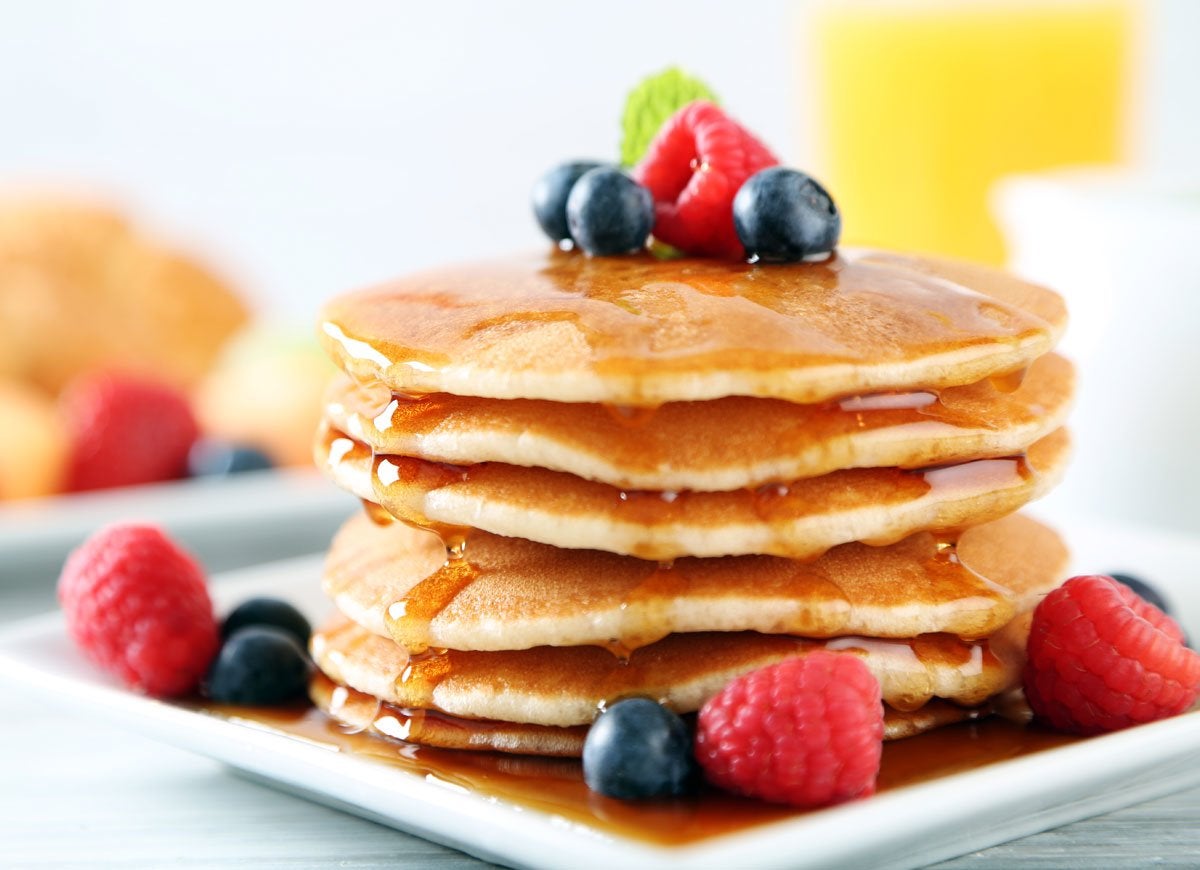
As it turns out, that little plate gets just hot enough to fry up a batch of homemade pancakes! First, line the warming plate with foil (to keep it clean), then add a small dollop of pancake batter. When the edges start to look done, flip your flapjack to finish off the other side.
Poach Fish
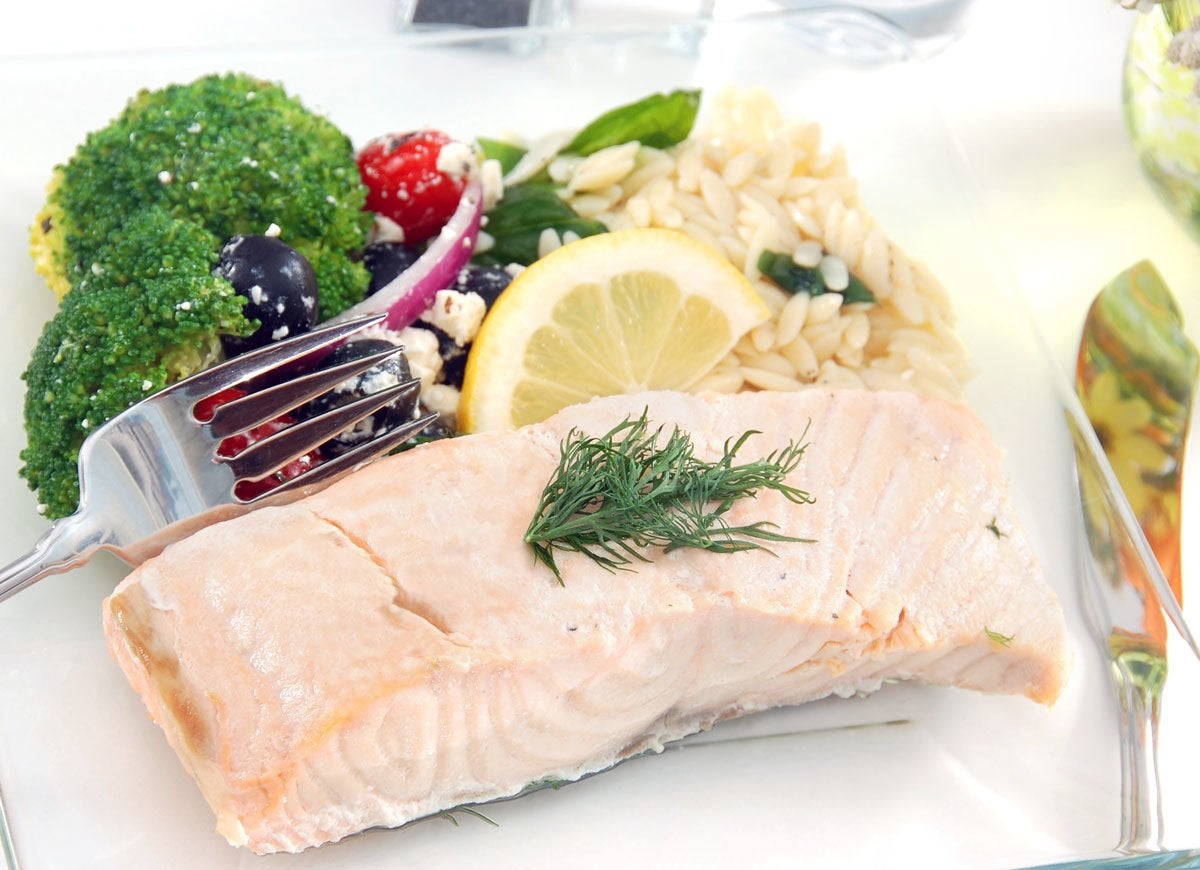
Salmon—and any other fish with a similar texture—cooks nicely in water brought to the almost-boil produced by a coffee maker. Just place a fish fillet into your carafe with a little olive oil and seasonings, then send a few cups of water through the machine. Let the salmon sit in the water for 5 to 10 minutes until it’s cooked through.
Boil Eggs
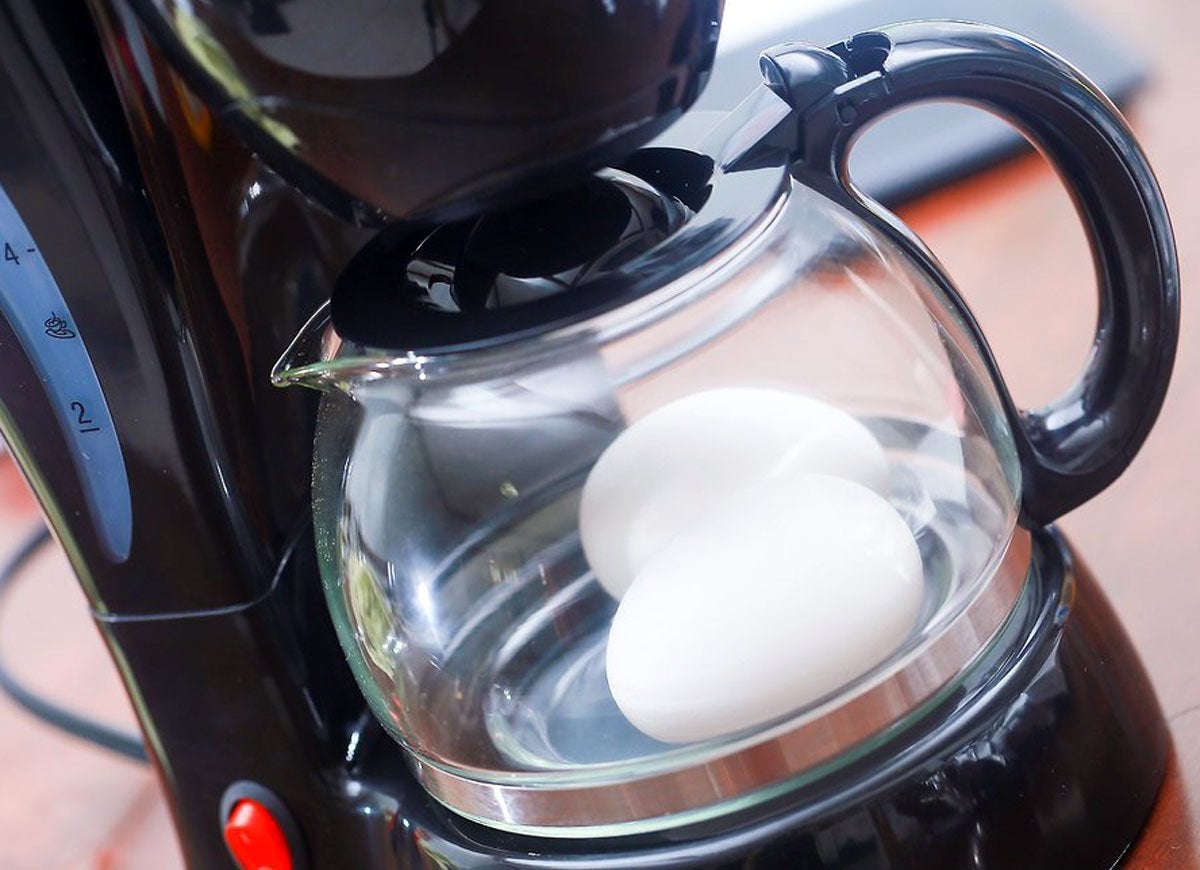
This one’s so easy you may never go back to hard-boiling eggs on the stovetop! Just fill the tank of the coffee maker, place your eggs in the carafe, and let the hot water run over them. Be sure the water entirely covers the eggs, then let them sit for another 5 to 10 minutes until they’re cooked to the desired doneness.
Related: 31 Ways to Fake a Clean House
Bake Mini Cupcakes
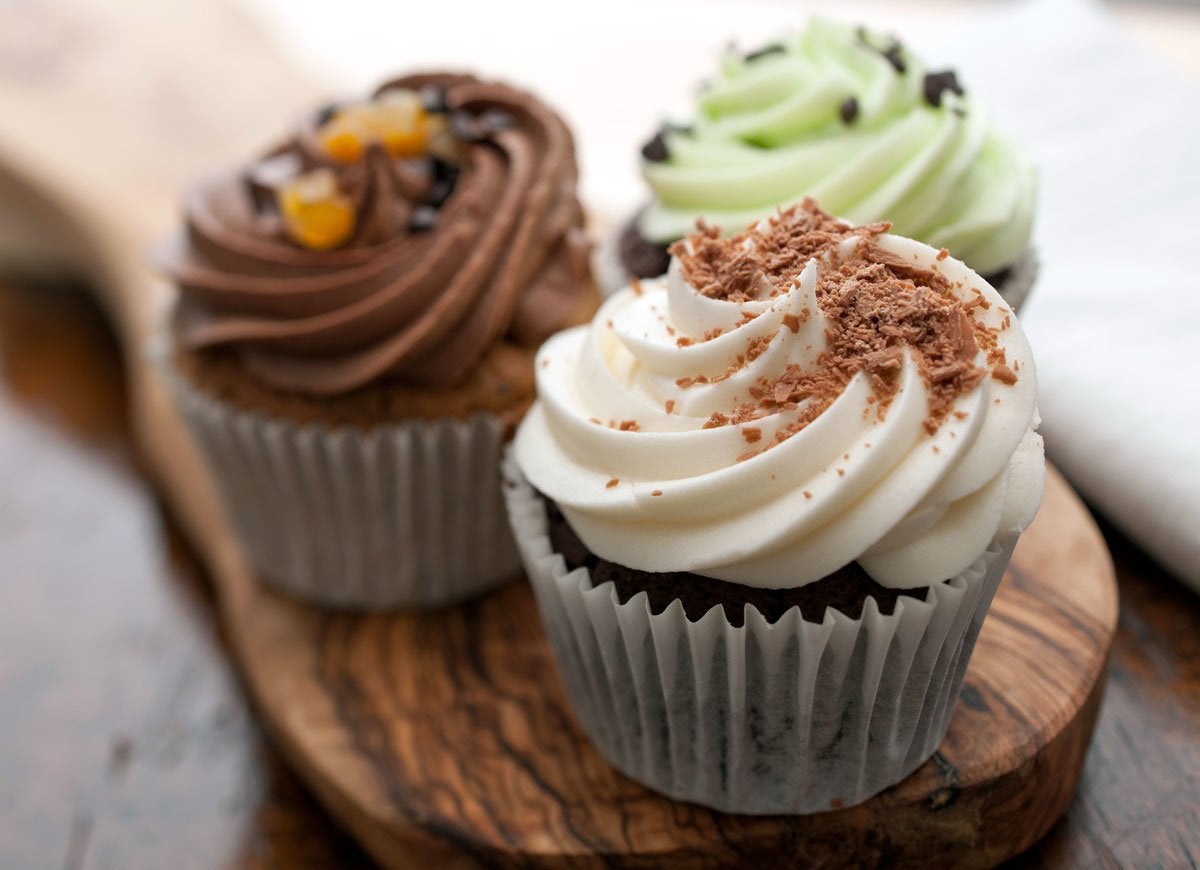
Pour cake batter into individual cupcake tins (you can make your own using metal measuring cups), put the tins on the burner, and cover them with a
pot
to trap the heat. In the same amount of time as it would have taken to bake them in the oven, you can make a small batch of tasty mini cupcakes. Try it with other mini baked goods too!
Melt Chocolate Fondue

Use that consistent warm heat from the hot plate to melt chocolate and keep it warm for a fondue party! First, warm up your cream in the carafe, add chocolate bits, and stir until you get a good consistency for dipping fruit, marshmallows, and more.
Grill Cheese
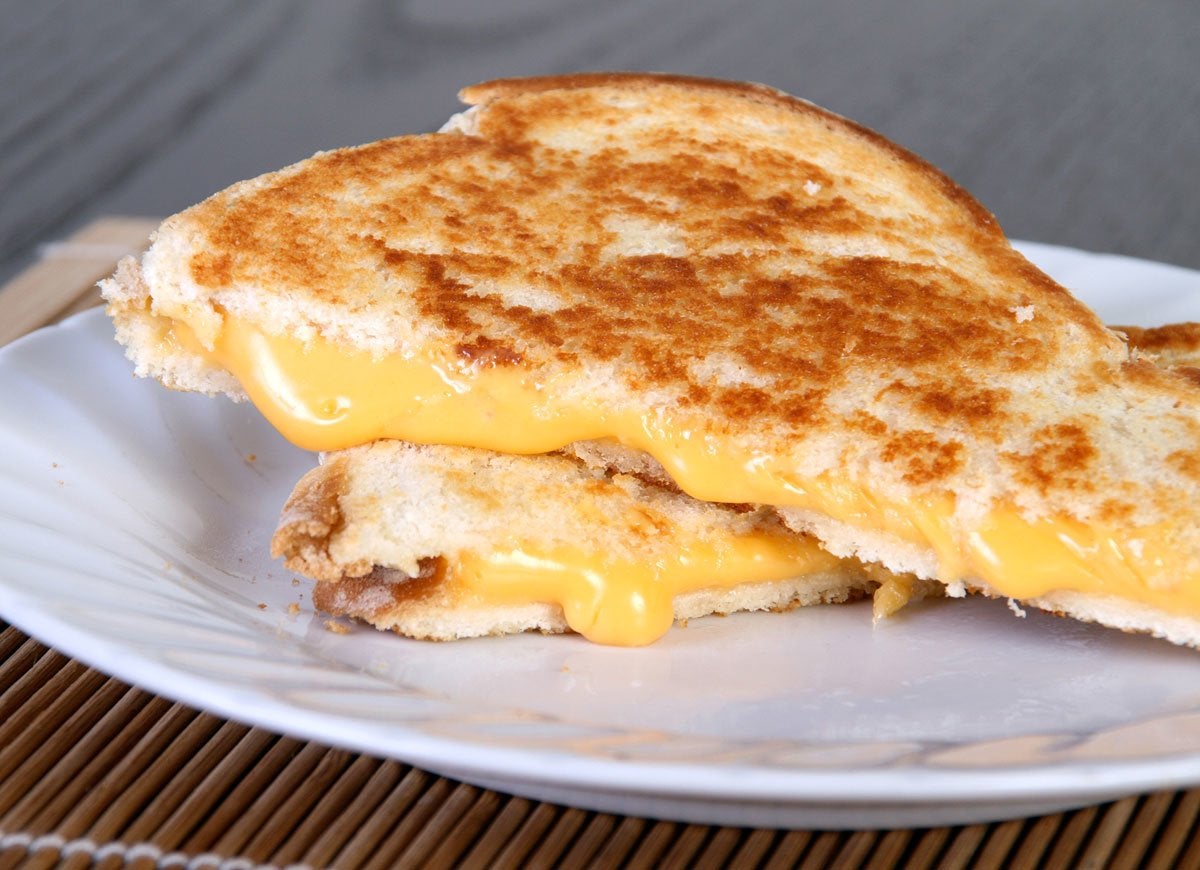
Turn your coffee maker’s hot plate into a personal panini maker—or at least a grilled cheese machine. Just line the burner with foil, then place your cheese sandwich right on top. Wait until the bread gets toasty, then flip! Once you’ve perfected your grilled cheese, try the technique with a croque-monsieur, a Cuban, or a quesadilla!
Make Corn on the Cob
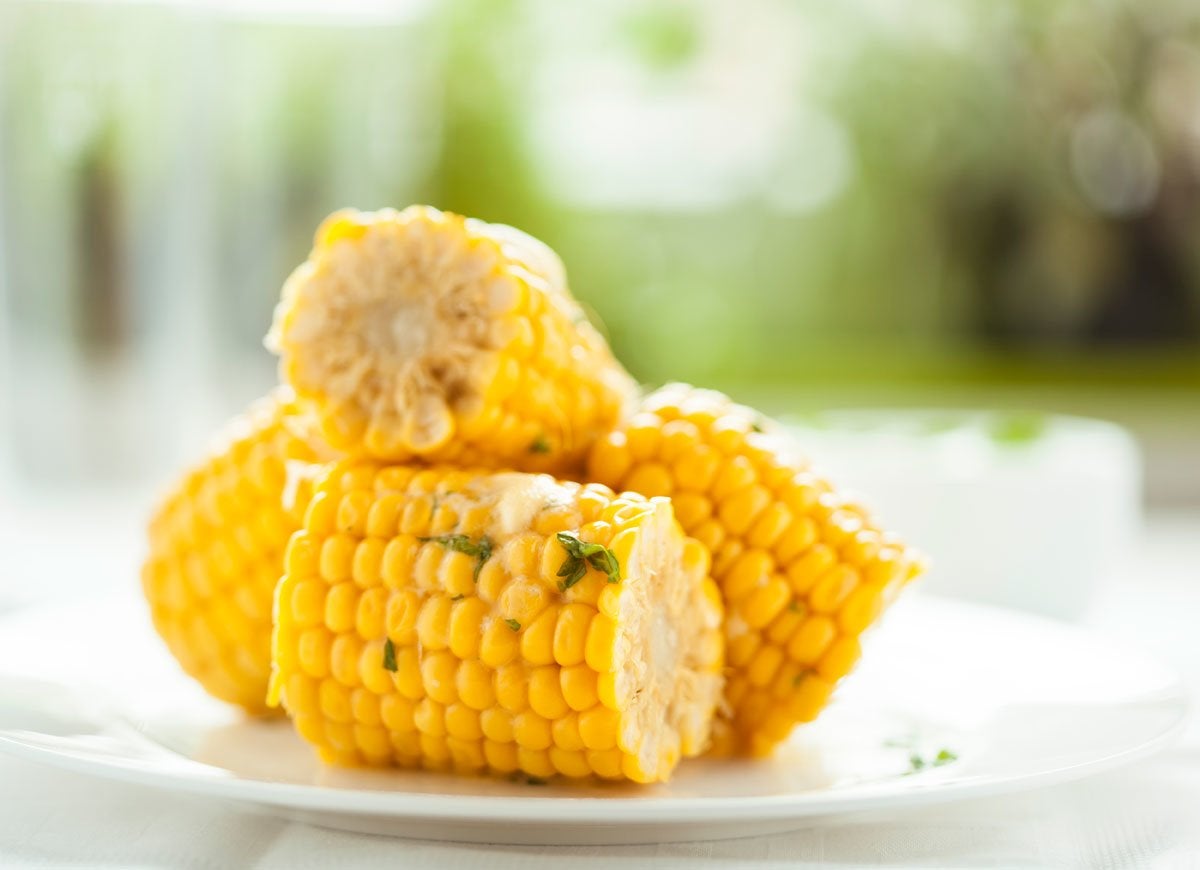
It’s easy to prepare small batches of this sweet summer veggie in the coffee maker! Just place your ears of corn into the carafe (you’ll probably need to cut them down to fit), then run a full tank of water through and let it sit until the corn is cooked, about 10 minutes.
Related: The Top 8 Ways to Hack Your Grill
Cook Oatmeal
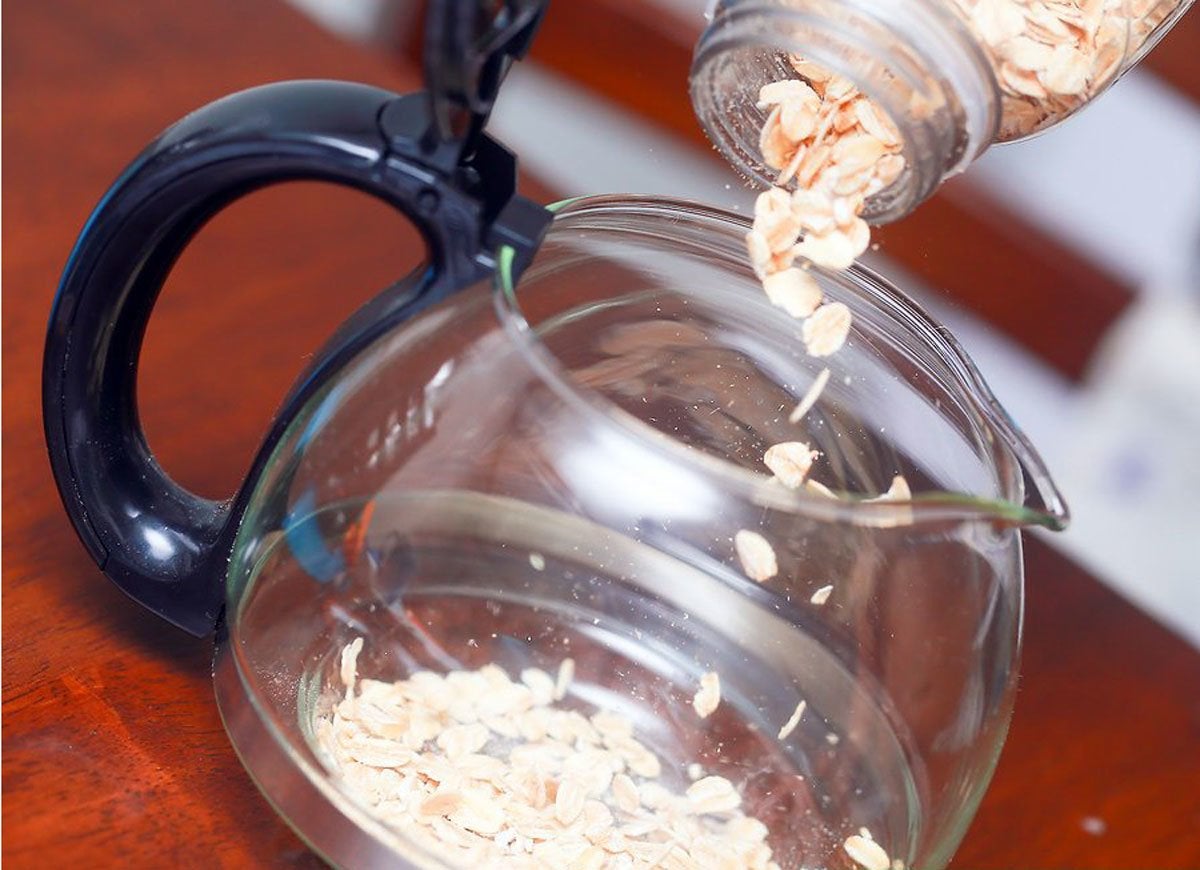
Place your oatmeal, cinnamon, and vanilla into the carafe, then run the recommended amount of water through the coffee maker, mixing the warmed water in with the other ingredients. Let the oatmeal cook according to the directions on the package, then dig in!
Hungry?
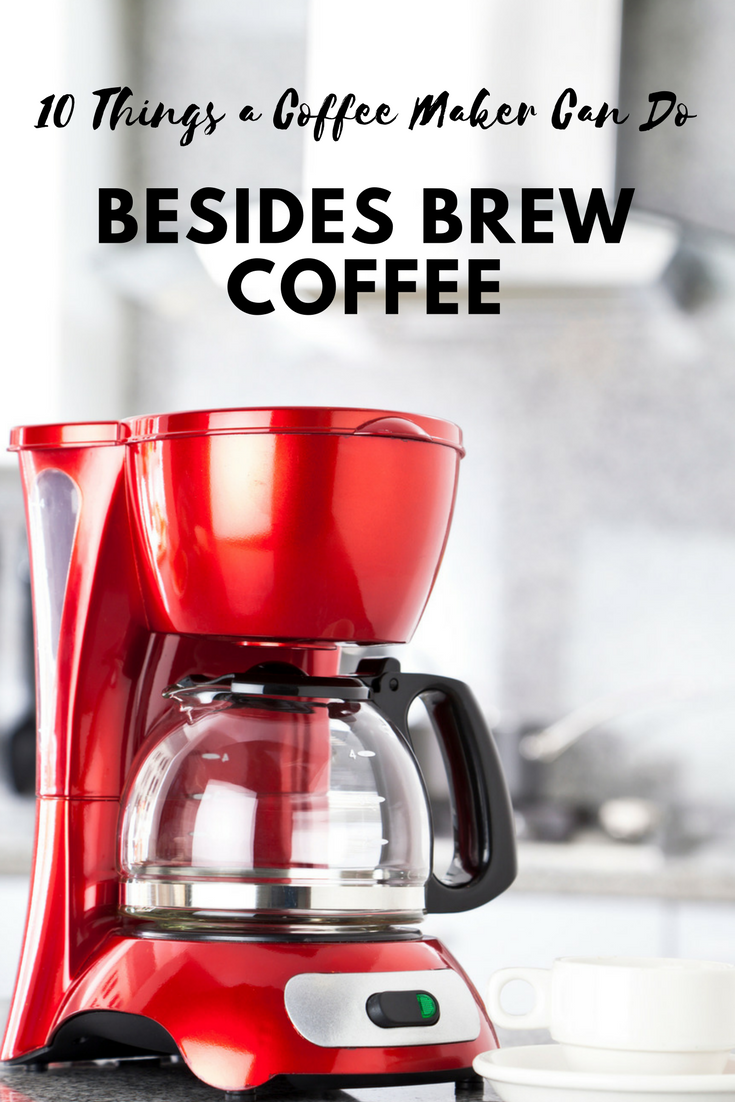
So what do you think? Will you be using your coffee maker to whip up dinner any time soon?

Everything You Need for a Lush and Healthy Lawn
Keeping your grass green and your plants thriving doesn’t just take a green thumb—it starts with the right tools and supplies.
